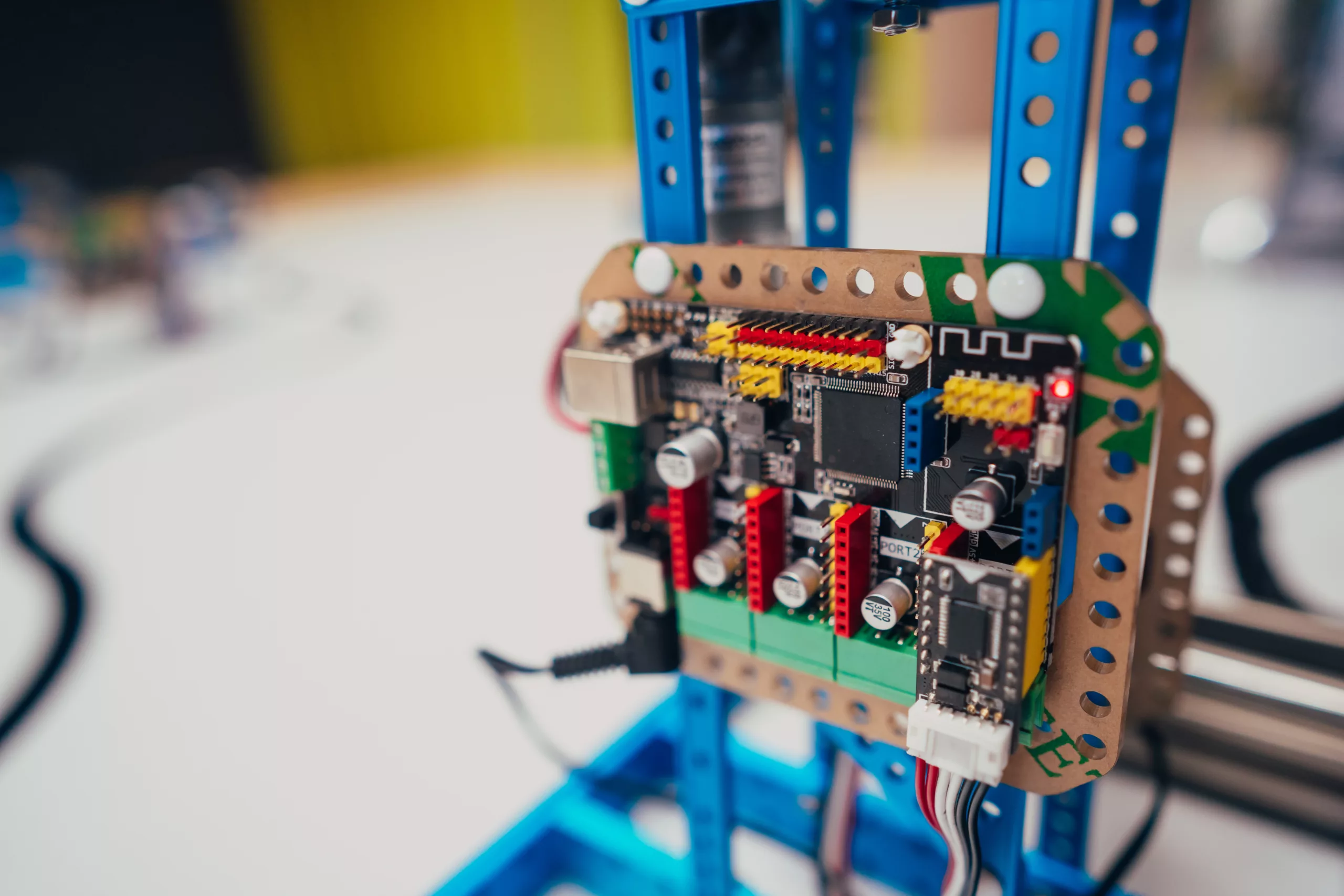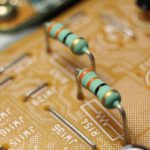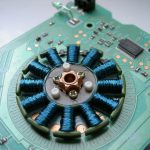
DC motors are electric machines that convert one form of energy (electrical) into another energy form (mechanical) using DC power. These motors provide high torque and speed control and are preferred choices in a variety of applications, such as robotics, automation, and machine tools. A motor driver is needed to control the direction and speed of a DC motor. The L298N is a common motor driver that can control two DC motors independently. This article outlines the importance and solutions for how to drive DC motors with the L298N Driver Module and Arduino.
A Motor Driver and Its Types
A motor driver is an electronic device designed to control an electric motor’s speed, direction, and torque. The motor protects the motor from damage resulting from overvoltage, overcurrent, or over-temperature conditions. It performs a specialised function and provides an interface between the microcontroller (such as Arduino).
Many types of motor drivers are available, each with unique features and capabilities. Some common types include H-bridge drivers–controlling the speed and direction of a motor, and stepper motor drivers–controlling the stepper motor’s position and speed.
An L298N Motor Driver: Key Potentials in DC Motors Driving
The L298N, a dual H-bridge driver, is an integrated circuit commonly used to drive DC motors. It can control two DC motors independently. The L298N can handle a maximum current of 2A per channel, making it suitable for driving small to medium-sized DC motors. The driver can also handle voltages up to 46V, enabling it to be compatible with various DC motors.
Arduino: The Brief Overview Of Connecting Arduino with a Motor Driver
Arduino is an open-source electronics platform typically based on easy-to-use hardware and software. It is used to create interactive projects for anyone and consists of a microcontroller, programmable inputs/outputs (GPIOs), and a programming environment. These components allow users to write and upload code to control various electronic devices, including motors.
To control a motor using Arduino, connect the motor driver to the Arduino’s GPIO pins and write code to control the driver. To drive the motor, the motor driver would then convert the signals from the Arduino into the appropriate voltage and current signals.
Key Steps to Connect L298N Motor Driver with Arduino
The L298N motor driver can be easily connected to an Arduino board. The following steps explain how to connect the L298N motor driver with an Arduino:
- Connect the Power Supply – The first step is to connect the power supply to the L298N motor driver. Connect the power supply’s positive (+) terminal to the VCC pin and the negative (-) terminal to the GND pin of the L298N motor driver. Ensure to use a power supply that is compatible with your DC motor.
- Connect the DC Motor – Connect the DC motor to the L298N motor driver’s output pins. The L298N motor driver has two output pins for each motor: OUT1 and OUT2 for motor 1 and OUT3 and OUT4 for motor 2. Connect the motor’s positive (+) wire to either OUT1 or OUT3 and the negative (-) wire to either OUT2 or OUT4.
- Connect the Arduino – Connect the Arduino board’s digital pins to the L298N motor driver. The L298N motor driver features four input pins for each motor: IN1, IN2 for motor 1, and IN3, IN4 for motor 2. Connect the L298N motor driver’s IN1 pin to the digital pin 6 of the Arduino board, IN2 to digital pin 7, IN3 to digital pin 8, and IN4 to digital pin 9.
- Upload the Code – Finally, upload the code to the Arduino board once the connections are made. The code controls the direction and speed of the DC motor.
The Concluding Remarks
Combining an Arduino and a motor driver can be a powerful tool for controlling a broad range of motorised devices. Using an L298N driver to control a DC motor with an Arduino is a simple and effective way to achieve precise motor control while protecting the microcontroller from damage. Last but not least, this combination improves the performance, reliability, and safety of projects in various applications.





















